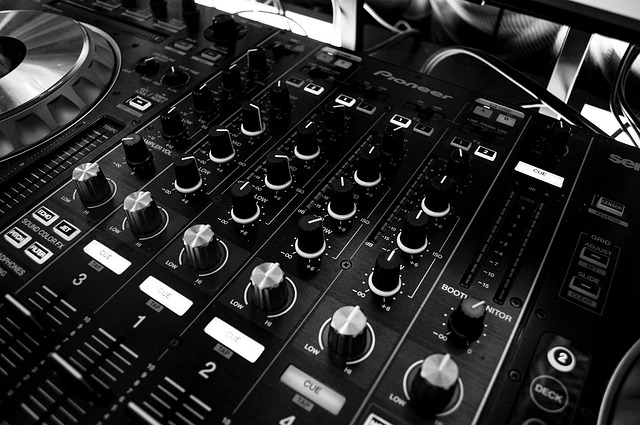Mastering the Art of Guitar Mixing: Elevating Your Audio Experience at Home
Whether you’re an avid musician, a guitar enthusiast, or an audio lover, the magic of guitar mixing can transform your listening experience completely. The subtle nuances of a guitar’s tone, the layers of sound, and the way each string resonates can either be lost or beautifully amplified depending on how you mix and integrate it into your audio setup, especially at home.
Why Guitar Mixing Matters in Your Home Audio Setup
The guitar is a versatile instrument, capable of producing a wide range of sounds—from crisp, clean tones to gritty, distorted riffs. But without proper mixing, these sounds can feel flat or get drowned out by other audio elements. When mixing guitars at home, it’s crucial to capture the essence of what makes the instrument so compelling. When done right, it breathes life into your music and elevates your entire home cinema or audio experience.
Integrating Guitar Mixing in Your Home Cinema or Cinema Room
If you’ve invested time and resources into creating the perfect home cinema or cinema room, then you know the importance of pristine sound quality. The audio experience is just as vital as the video, and here is where guitar mixing plays an unexpected but powerful role. Whether you’re watching a concert film, a music documentary, or just playing your own guitar recordings, the clarity and depth of guitar tracks will enhance immersion.
Consider the acoustics of your cinema room. Soft furnishings, soundproofing panels, and speaker placement contribute to how guitar tones are perceived. Balance is key. Avoid letting the bass overpower the mid-range where guitars often sit, but also ensure the highs don’t become harsh or brittle. A well-mixed guitar sample in your home cinema system will reveal every subtle bend, slide, and harmonic.
Tips for Effective Guitar Mixing at Home
- Focus on EQ: Fine-tune the equalizer settings to highlight the guitar’s frequency range. Cut unnecessary lows to avoid muddiness and boost midrange frequencies to bring out the guitar’s character.
- Use Spatial Effects: Adding reverb or delay can create a sense of space and depth, making your guitar sound more natural and live—really important in a home cinema environment.
- Balance Levels: Ensure the guitar tracks sit well within the overall mix. It shouldn’t overpower vocals or other instruments but shouldn’t be buried either.
- Leverage Video Syncing: When combining audio with video—especially in music videos or concert footages—make sure your guitar mixing aligns with the visuals to create a cohesive audio-visual experience.
- Check on Multiple Devices: Test your mix on headphones, soundbars, and dedicated home cinema speakers to ensure consistency across all devices.
Bringing Your Guitar Mixing to Life Through Video
Video provides an added dimension to the guitar mixing experience. Watching the intricate finger work, the subtle strumming dynamics, and the performer’s connection with their instrument heighten the emotional impact. When guitar mixing complements this visual storytelling, the entire experience becomes more immersive and engaging.
Whether you’re crafting your own videos or curating content to enjoy in your cinema room, remember that the synergy between sound and visuals is vital. A well-mixed guitar performance not only sounds great but also looks authentic and powerful on screen.
Ultimately, mastering guitar mixing at home is all about feeling connected to the music. It’s about creating a sound that resonates with your soul and transforms your living space into your personal studio and cinema. With attention to detail and a passion for audio, you can elevate your guitar experience to professional-sounding levels—all without leaving your home.



